Identifying Correct Neutrals For 2 Gfci Circuit Breakers – Full Guideline
When it comes to wiring in your home, you want to ensure that all the circuits are properly protected. One way to do this is to install gfci circuit breakers. What are gfci circuit breakers, and what are their benefits?
In this blog post, we’ll go over the basics of gfci circuit breakers, how to test for proper continuity in a wire or switch, and how to identify the correct neutral wire for a gfci breaker. With this knowledge, you’ll be able to wire your home safely and effectively!
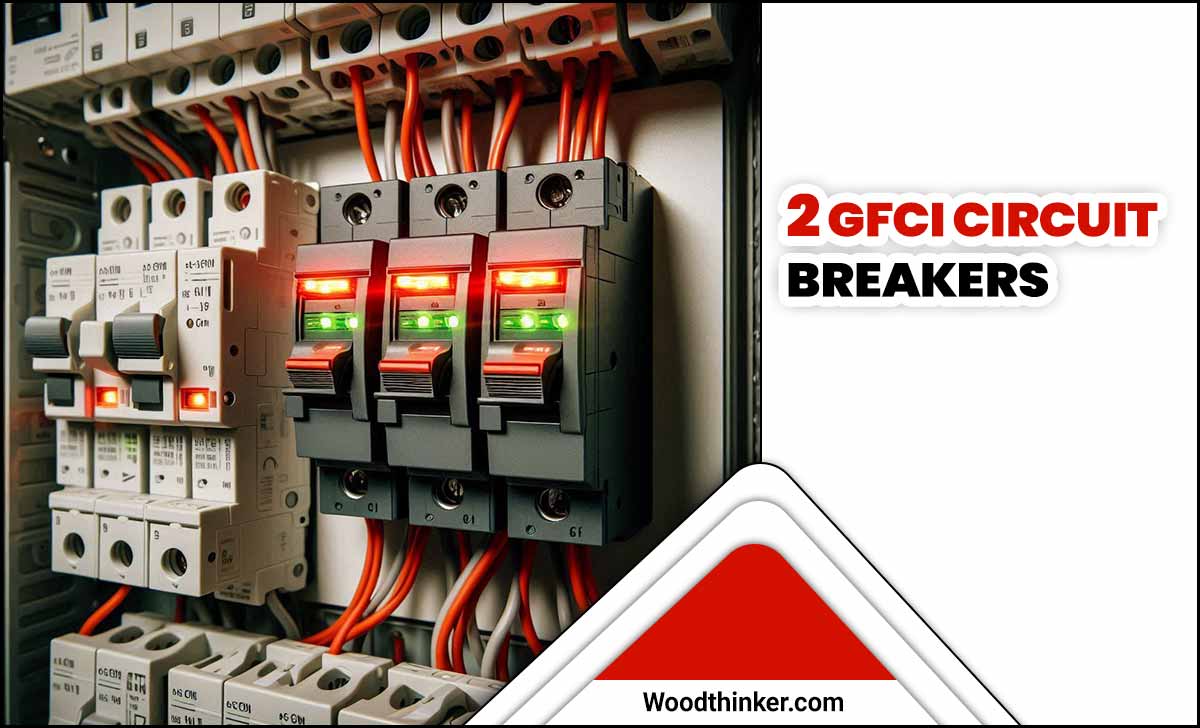
What Are Gfci Circuit Breakers?
Like most homeowners, you’re probably wondering what gfci circuit breakers are and why they’re so important. In this blog post, we’ll answer these questions and more. What is a gfci circuit breaker? A gfci circuit breaker is an electrical circuit breaker that can detect a wide range of circuit types, making it a valuable tool for homes with multiple electrical devices.
How do they work? When the gfci circuit breaker senses an electrical overload, it will automatically open and protect the circuit. This is an excellent feature for homes with multiple electrical devices, as it allows for uninterrupted operation.
What are the benefits of using them? Aside from the apparent benefit of safety, gfci circuit breakers have several other benefits. For example, they can save you time and money, as they can use to protect multiple circuits at once. When should you use them?
As with any circuit breaker, gfci circuit breakers should only use when necessary. If you don’t need a gfci breaker, it’s best to avoid using them for your home wiring. In general, gfci circuit breakers should only use in areas with a potential for an electrical overload (such as near large appliances or high-power outlets). Where do I find my gfci breaker?
As mentioned earlier, gfci circuit breakers are typically found near devices that could cause an electrical overload. If you’re unsure where your device is located or if there isn’t one nearby, consult the manufacturer of your appliance or device manufacturer.
What should I do if I experience an electrical overload? If you experience an electrical overload, contact your local electrician as soon as possible. They’ll be able to help diagnose the problem and ensure that it’s dealt with quickly and safely.
Checking Continuity Of Wires And Switches
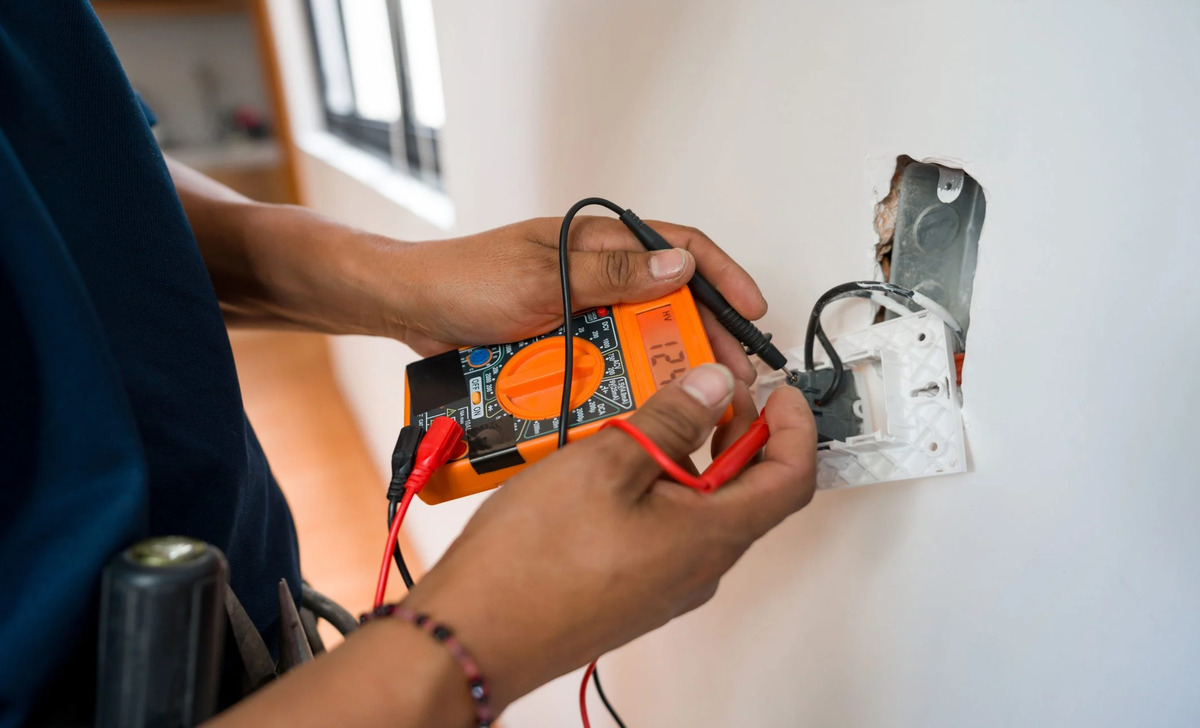
It’s important to identify the correct neutrals for 2 gfci circuit breakers in order to avoid any problems during an outage. By checking the continuity of wires and switches, you can quickly determine if there is a problem with your circuit breaker or wiring. Make sure to test all circuits in your home, so you’re prepared for the next time an outage occurs. Happy wiring!
Testing For Proper Current Flow In A Circuit
There’s nothing worse than coming home to a mess because you didn’t test your circuit correctly. To avoid this, learn to identify the correct neutral for 2 gfci circuit breakers. You can use an online tool or meter to measure the current and voltage of each outlet.
Next, plug in your appliance and turn it on to see if it works properly. Once you know which outlet is the right one, you can determine which neutral to use for the task at hand – like lighting up a lamp. The correct neutral in the circuit will prevent accidental tripping and electric shocks. Keep these tips in mind, and you’ll be able to avoid any electrical mishaps in no time!
Identify Correct Neutrals For A Gfci Breaker
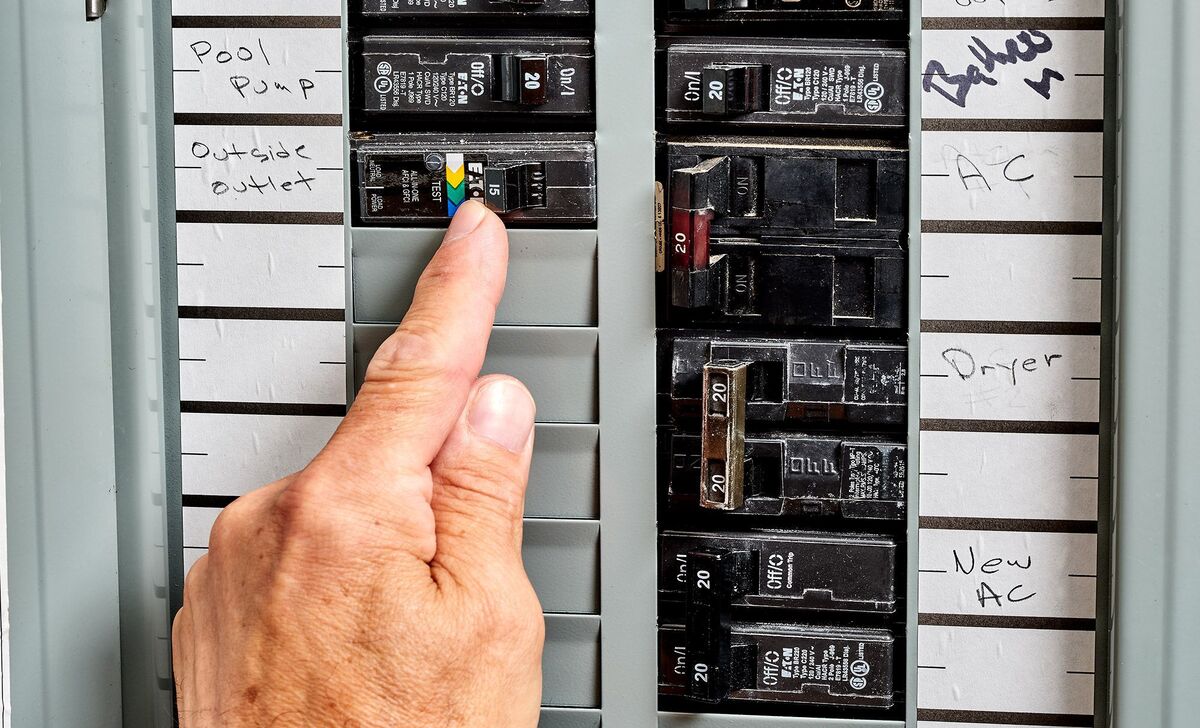
When it comes to wiring in your home, it’s important to use neutrals. This prevents you from tripping any cords and creating a dangerous fire hazard. To identify the correct neutrals for gfci breakers, test them by plugging different colored lines into the devices and checking for output levels.
Once you have the correct neutrals, it’s time to order your wire accessories. Make sure to get the correct gauge and voltage for the devices you’re wiring in, and be safe!
1.Testing Your Neutrals
Testing your neutral is important in ensuring that the wiring in your house is safe and properly connected. Using a voltmeter or ammeter, you can check if the neutral’s voltage is correct and all wires are correctly connected. If there are any issues with the wiring, test it by breaker-tripping under specific conditions.
2.Choosing Safe Neutrals
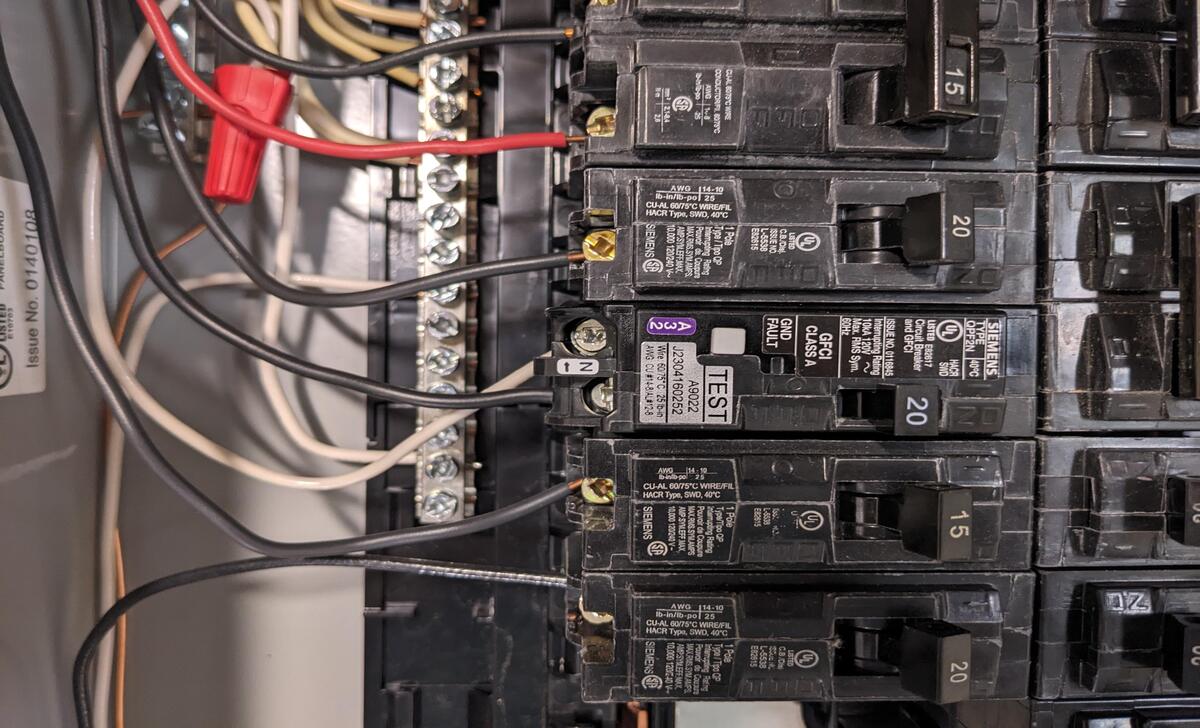
Neutral colors are the perfect way to add style and substance to any room. However, it is important to choose them wisely as some materials may be harmful if they come into contact with water or other chemicals. To ensure you’re selecting safe neutrals, consult the manufacturer’s instructions for your gfci breaker.
This will help identify which neutral colors are compatible with your appliances and home decor. Some popular neutral colors include black, white, gray, and light browns. Avoid bright shades like red or purple as they can damage electronic equipment over time!
3.Understanding The Types Of Neutrals
Neutrality is the principle of maintaining an electrical circuit with equal voltage and current across all elements. It ensures that equipment doesn’t become damaged or destroyed by electric shock. There are three types of neutrals earth, water, and fire.
Earth is the neutral most commonly used in electrical wiring as it allows for easy flow of electricity through circuits. While water can use in place of the earth as a neutral, it should not use in live courses due to its high resistance levels. Fire isn’t a real neutral and should never be included in any circuit; doing so could lead to disastrous results.
Troubleshooting Fried Devices
It’s never fun when something goes wrong in the home, but it can be even worse when it involves electric equipment. To avoid these troubles, identify the correct neutral for your circuit breakers and make the appropriate changes. If your devices are shutting down or experiencing other problems, it may be due to incorrect neutrals.
To determine the correct neutral, consult your circuit breaker panel. If all else fails, reach out to a professional electrician. Having a wiring problem in the home can be frustrating and time-consuming, but following these simple steps is important to avoid potential disasters.
How To Install A Circuit Breaker
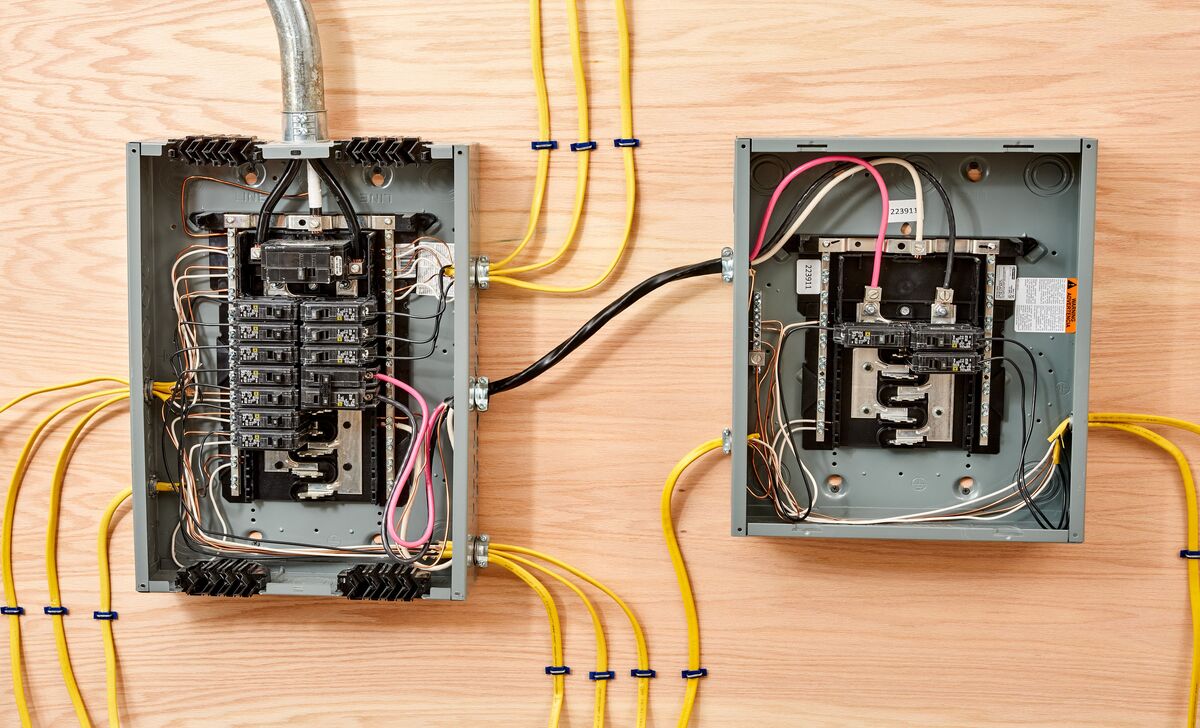
When it comes to circuit breakers, it’s important to be accurate when it comes to the neutral. For a 2 gfci circuit breaker, the neutral should be white. Next, mark the positions of the screws in the new cover plate. This plate has holes so you can see what’s going on.
Insert the screws into their marks and tighten them with a wrench until they’re snug – don’t overdo it! Once the breaker is installed, identify the live and neutral wires and then strip them to 1/4 inch insulation.
1.240-Volt Circuit Basics
Anyone who has ever experienced an electrical outage can tell you that circuit breaker are the lifeblood of safe wiring. These gearboxes protect homeowners from deadly shocks when something goes wrong with the power, and there’s a good reason for this: they work like a charm!
But what are these things exactly, and which one is right for your home? This article will teach you about 240-volt circuit basics, including what types of breakers exist and why they’re so important.
Before You Start
Neutrals are an important part of any home wiring project, and choosing the right ones can be tricky. Don’t worry. We’ve got you covered. Before you begin identifying neutrals, test them by installing them in an outlet near where they will be used. Once you have selected your neutral. Consider the environment your breaker will be used in (dry or wet).
Next, think about light and dark colors when choosing a neutral. Some helpful hints: -Consider neutrals that will go well with the colors in the room . -Try neutrals that will create a contrast and add some pizzazz to the décor. -Neutrals can add some appeal to any room, so go ahead and experiment!
Need More Help? Talk To An Electrician Near You
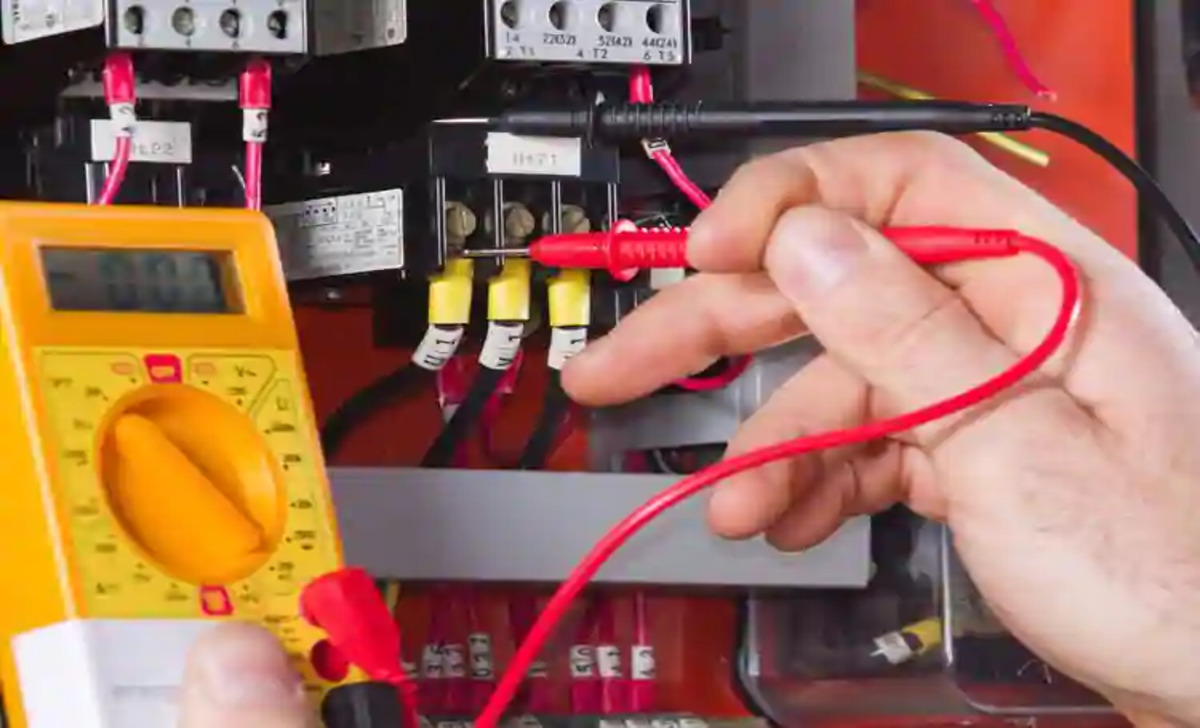
Installing circuit breakers can be a daunting task for the uninitiated, and electricians can help by identifying the correct neutrals for your gfci circuit breaker. Even if you are confident in doing this yourself, it is always best to have a professional do the installation – they will know how to wire the breaker correctly and avoid any potential problems down the line.
Make sure all your installed circuit breakers have matching neutral wires by checking their labels or looking them up in the product manual. In addition, having an electrician check these wiring periodically as part of routine maintenance will ensure the perfect functionality of your electrical system!
Safety Considerations
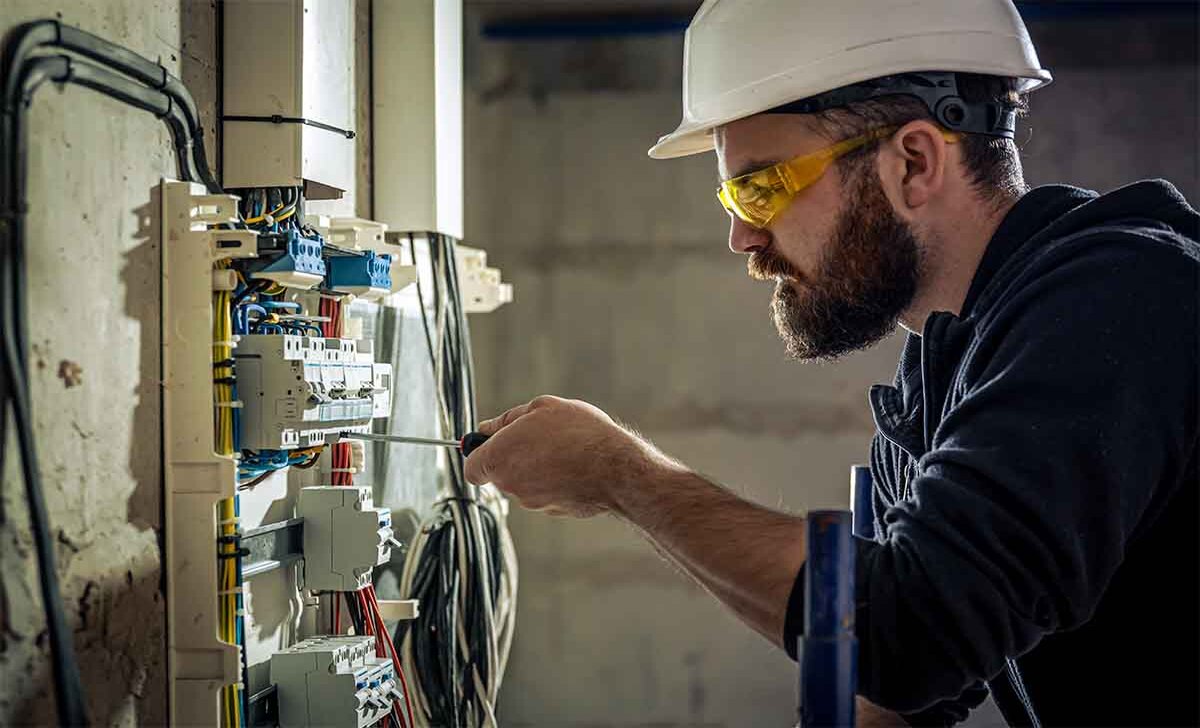
When selecting the correct neutrals for your 2 gfci circuit breakers, keeping a few things in mind is important. For starters, make sure the colors are compatible with the rest of your home décor. Secondly, avoid using bright or obnoxious colors that could clash with other items in your room.
And lastly, consider using a neutral background color so the breaker will blend seamlessly into your decor. By following these safety tips, you can ensure that your breakers look great and stay safe.
1.Equipment / Tools
When it comes to wiring, neutral colors are important. It is best to match the neutral color with the circuit breaker used in your home wiring diagram. Make sure the Neutral you choose is compatible as well – some neutrals may not work with certain gfci circuit breakers. If in any doubt, always contact an electrician for assistance during installation!
2.Materials
It is important to take safety precautions while installing or repairing any electrical equipment in your home. Ensure the materials you use are compatible with the wiring and circuit breakers in place, and always follow all safety guidelines.
When layering wiring, use only approved neutral wire types – 2 gfci circuit breakers will not work properly with other neutral wire types. Finally, ensure all materials used around the house are safe for electricians and homeowners alike!
3.Turn Off The Power
When it comes to electricity, taking the necessary precautions is always a good idea. Ensure to label each wire correctly and follow the manufacturer’s instructions regarding circuit breaker installation or repairs. Also, make sure you turn off the power before starting work on 2 gfci circuits!
4.Warning
When starting a business, it is essential to have a system that will help you track the chemicals used and their origins. Always mix with your products. You should be aware of such neutrals. They are usually black and white. Also, make sure you keep your gfci circuit breaker stocked to replace when needed.
Always follow the safety instructions included with any product you use in your business. By doing so, not only will you prevent accidents but also reduce possible legal claims from those who may become injured as a result of using unsafe products in your workplace
5.Remove Panel Knockouts
Panel knockouts can be a big hassle – not to mention the danger they pose. If you get one wrong, it could easily result in an electric shock. Therefore, make sure all your cables are properly secured by following these simple tips.
Always use neutral wire when connecting wires This will ensure that the circuit breakers are properly and safely operated during accidental trips. -Only have knockouts removed by a qualified electrician. Do not try to do it yourself!
6.Secure And Strip The Circuit Wires
Regarding security, it is always important to take the necessary precautions. One of the most common issues homeowners face is when intruders break into or enter their homes through electric circuits. To ensure that the circuit breaker does its job properly and protects your property from any potential harm, follow these four easy steps:
- Ensure that all metal parts of the breaker are also grounded. This will help protect against electric shock..
- Identify the correct neutral wire for your circuit breaker – this will ensure that power doesn’t go out in any part of your home.
- Strip off the insulation on the wire and connect it securely to the ground terminal on the breaker- be careful not to kink or tangle wires in any way!
- If you have multiple circuits. But make sure each wire is connected to a different ground terminal. Otherwise, you run the risk of experiencing an electric shock
7.Connect The Hot Wires
It is always best to call an electrician when you have any doubts about wiring. They simply will not be able to give the correct solution to the cable. But they will ensure that all devices are properly connected. And there are no electrical hazards in the area.
When it comes to using electricity, it is important to understand the three main types of circuits – ground circuit, neutral circuit, and voltage circuit. Each one has its own specific purpose – for example, ground circuits protect against electrical shocks while voltage circuits supply power to appliances. To connect hot wires safely and correctly:
- Use a testing meter first before connecting them with wire nuts or connectors.
- Make sure all your appliance’s plugs are compatible with your outlet by checking their wattage rating.
- Unplug your appliances whenever making any changes so as not to create excess strain on the wiring system!
8.Install The Breaker
When it comes to installing breakers, there are a few things you should keep in mind. First and foremost, always consult the manufacturer’s instructions. Second, use a volt-ohm meter to measure the resistance of each wire in the circuit and select the appropriate breaker accordingly.
Third, identify the correct neutrals for your circuit – this will help ensure safety while wiring up your home or office! And finally, be safe when breaking into wiring circuits – doing so incorrectly could lead to serious injury or even death!
9.Check For A Proper Fit
Whenever installing new neutrals, it is important to measure and check the fit several times. If something goes wrong, being able to fix things quickly and efficiently will be much appreciated! Ensure the neutral box is big enough to fit the breaker and sits flush against the wall. Then make sure each neutral is correctly labeled with a color-coded sticker. Finally, install neutrals in a level and straightforward manner so they don’t create an electrical hazard.
10.Connect The Wires
Wiring a room can be daunting, but it’s important to ensure everything is done the first time correctly. Make sure all the wires are of the same size and gauge and connect them in the correct order. If you’re unfamiliar with wiring terminology or polarity, use a polarity tester to check before connecting anything. In case of any issues, later on, don’t hesitate to call an electrician – this will save you from potential messes and headaches down the line!
11.Complete The Installation
When wiring a new electrical system, it is important to take the time to complete the installation properly. Complete the wiring job safely and professionally by following these essential guidelines:
- Use a voltmeter to verify proper breaker connection – always use an approved breaker!
- Always verify correctness of neutrals before completing installation. Make sure all live and neutral wires are properly identified and tagged!
- Do not connect any wires to the breakers until you have completed the installation and confirmed the correct polarity. Make sure all connections are made with right-angle connectors or ground fault circuit interrupters (GFCIs).
Special Circumstances: Gfci Circuit Breakers
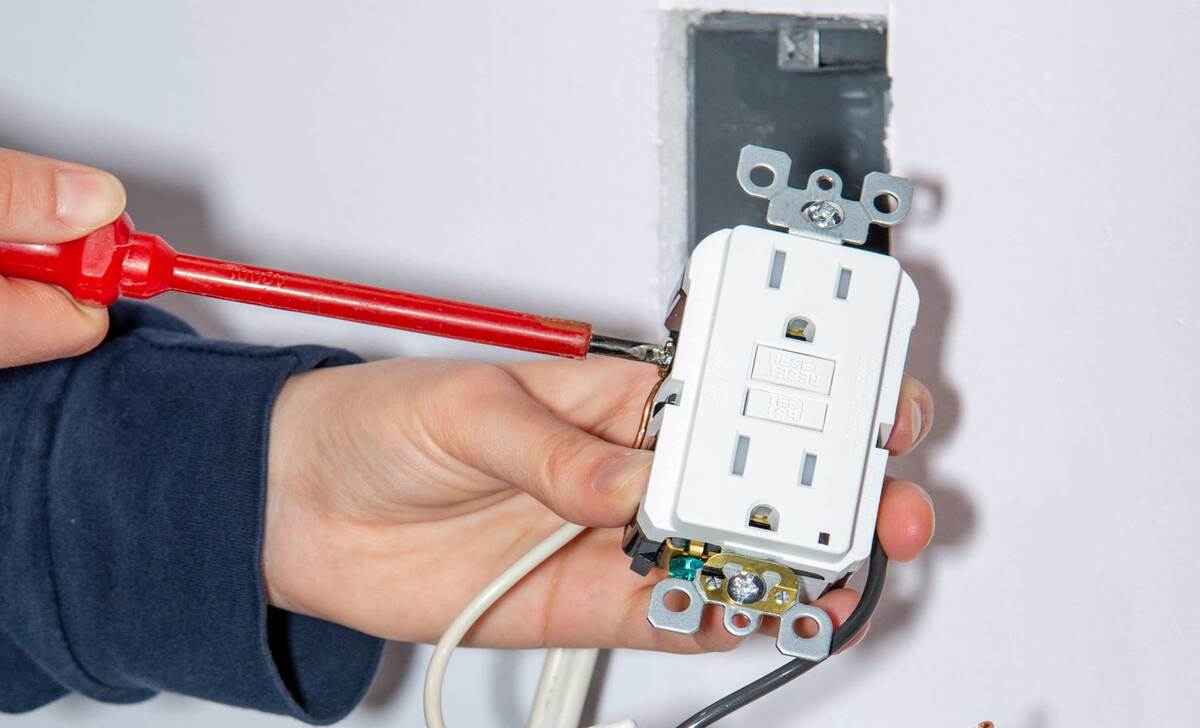
In a perfect world, everything would be labeled. And we don’t have to worry about cable conflicts. Unfortunately, that’s not the case. So, when using a GFCI circuit breaker in a specific location, always use neutrals to avoid potential conflicts. Additionally, ensure all equipment plugged into the breaker is properly wired and labeled with the correct neutral (or live) wire(s).
Consult an electrician if you’re unsure of your wiring setup or need help identifying which wire is which on your circuit breaker. But don’t worry, with the right knowledge and a few simple precautions, wiring conflicts can avoid altogether!
Conclusion
In this blog, you have learned how to identify correct neutrals for gfci circuit breakers to prevent any potential electrical accidents. By following the steps outlined, you will be able to maintain the safety of your home and family. Ultimately, using gfci circuit breakers is a good step to ensure complete safety in your home.
But just because they are an affordable way to protect your house doesn’t mean you can ignore proper wiring practices. In addition to all of the above, remember that before installing a new breaker box and changing out wire colors, always test for current continuity by touching the wires of both switches together with a screwdriver or other metal tool.
This will tell you whether it’s safe to switch over one wire or not. Do this first with the wall switches and then with the circuit breakers if there are any at home. If, for some reason, everything checks out smoothly, then proceed ahead and change over all wires!
Frequently Asked Questions:
1.What Are Some Of The Problems That Can Occur When Using Neutrals In An Electrical Circuit?
Ans: When it comes to wiring a circuit, the neutral is considered the “ground” wire. By definition, the neutral wire is a wire that is connected to the ground at all points in the circuit. This wire helps to keep the other wires in the circuit separate and safe from each other.
When selecting the correct wiring for your electrical project, use neutrals with the same voltage level as the wiring you are using. When working with neutrals, it is important to know that they can cause electrical noise in the circuit. This electrical noise can occur when the electrons in the neutral start moving faster than normal due to an electric field.
Finally, it is important to remember that singing the wrong wire can create dangerous voltage levels and even circuit breakers. Consult with a professional before starting any wiring project to avoid potential issues.
2.Are There Any Other Factors To Consider When Choosing Neutrals For My 2 Gfci Breaker Installation?
Ans: When choosing neutrals for your 2 gfci breaker installation, it’s important to consider the following:
- The neutral conductor must be able to carry the current required by the circuit breaker.
- The neutral conductor must be able to match the color of your wires.
- The neutral conductor must not create any electrical interference.
3.What Is The Correct Wattage For Each Neutral In A 2 Gfci Circuit Breaker?
Ans: To wire a 2 gfci circuit breaker correctly, you will need to choose the correct neutral for your circuit breaker. The chart below lists the wattage neutral required for each type of circuit breaker. Refer to your circuit breaker’s label or manufacturer’s instructions for more information on wiring and compatibility.
4.How Do I Determine Which Neutral Will Work Best With My Circuit Breakers?
Ans: Before purchasing a new neutral, you should determine the type and size of your circuit breakers. Additionally, you should ensure that the neutral can handle the electrical load posed by your appliances. If you still have doubts, consult a professional electrician.
5.Is It Okay To Use Pigmented Neutrals In My 2 Gfci Circuit Breakers?
Ans: Generally, using pigmented neutrals in 2 gfci circuit breakers is safe. However, to ensure that these products function properly and are safe, it is important to follow the manufacturer’s instructions. Additionally, verify the product’s compatibility with your device and test equipment before using it.

![Belt Sander Vs. Planer [Who Is The Best] 17 Belt Sander Vs. Planer [Who Is The Best]](https://woodthinker.com/wp-content/uploads/2023/07/Belt-Sander-vs.-Planer-768x466.jpg)




